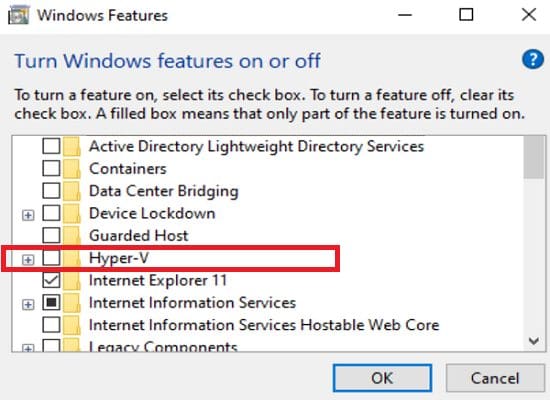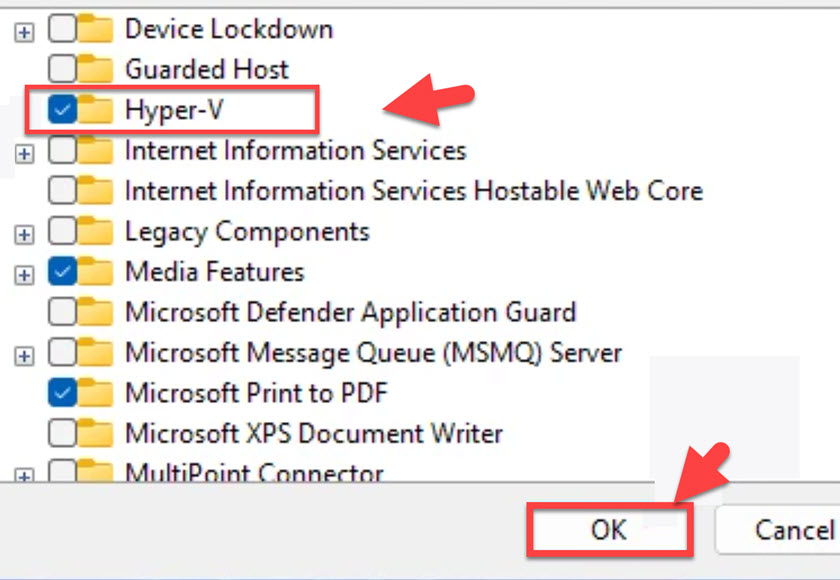

If you’re a long-time Android gamer and frequently enjoy playing mobile games on PC in the current version of your OS, you might find that, in most cases, you won’t be able to keep using them after upgrading to Windows 11. This means that the user might not be able to play Android games on their PC at all if they upgrade to Windows 11.

Hyper-V is one of such tools that is expected to be enabled by default on Windows 11, going by the early test builds, which can severely restrict the possibility of running some programs, including Android app players.

Specifically, while most additions serve purposes that are immediately apparent, like Snap Layouts, DirectStorage and Auto HDR, to name a few, there are other services that will be running in the background, which might hamper the user’s ability to perform certain tasks. If not, can discuss alternatives to running on your laptop.Despite all the features and upgrades that Windows 11 will bring to the users after they update this October 5, not everything will be peachy. What do I do if my laptop is not capable of Virtualization?Īnd an expert will help you determine if your hardware is capable and, On Linux, open a terminal window and run:Įgrep -q 'vmx|svm' /proc/cpuinfo & echo yes || echo no Visit the “turn Windows feature on or off” application and make sure Hyper-V is not checked. Hyper-V must be disabled in order for VirtualBox to run 64-bit guest operating systems. You can also download utilities to check if your CPU is capable of virtualization, if not enabled. If you want to try toįind this out yourself, then you can try: May mean that your laptop does not support it. If you are unable to find the Virtualization settings in your BIOS it ova file (following step 4 and subsequent steps of the installation instructions).Ĭheck if your system supports Virtualization Delete any existing VMs ( Machine > Remove ** and select ** Delete all files) and re-import the.Enable virtualization the setting may be called VT-x, AMD-V,.These can be in under the headings Processor, Chipset, or In the BIOS settings, find the configuration items related to the CPU.

If you are not able to enter the BIOS via this method, consult your Helps to tap the key about twice a second when the computer is coming If you miss it the first time, reboot and try again. Uses a different key but it may show a brief message at boot telling you


 0 kommentar(er)
0 kommentar(er)
